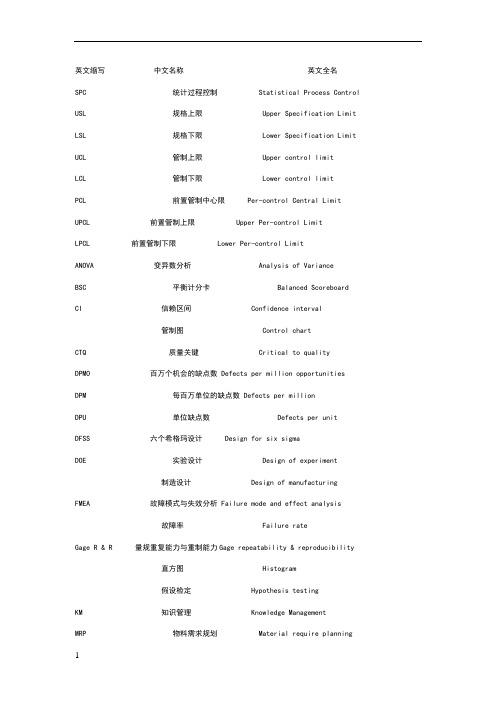**解密冰冷的大数据世界**在当今数字化时代,大数据已经成为了商业、科学和技术领域的重要组成部分。它是指规模庞大且不断增长的数据集合,以及从这些数据中...
大数据英文缩写
生活
2024年05月09日 22:09 151
admin
Title: Understanding Common Abbreviations in Software and Big Data
In the realm of technology, abbreviations and acronyms are commonplace, often serving as convenient shorthand for complex concepts or lengthy terms. When it comes to software and big data, understanding these abbreviations is crucial for effective communication and collaboration within the industry. Below, we'll delve into some of the most common abbreviations in software and big data, shedding light on their meanings and significance.
1. Software Abbreviations:
a. API (Application Programming Interface):
An API is a set of protocols, tools, and definitions that allow different software applications to communicate with each other. It specifies how software components should interact, making it easier to develop and integrate new features.b. UI (User Interface):
The UI refers to the visual elements of a software application that users interact with. It includes buttons, menus, screens, and other graphical elements designed to facilitate user interaction and enhance usability.c. IDE (Integrated Development Environment):
An IDE is a software application that provides comprehensive facilities for software development. It typically includes a code editor, debugger, build automation tools, and other features to streamline the development process.d. SDK (Software Development Kit):
A SDK is a set of tools, libraries, and documentation that developers use to create software applications for a specific platform or framework. It provides prewritten code and resources to simplify the development process.e. CMS (Content Management System):
A CMS is a software application that allows users to create, manage, and publish digital content such as text, images, and multimedia. It provides a userfriendly interface for content authoring and administration.2. Big Data Abbreviations:
a. AI (Artificial Intelligence):
AI refers to the simulation of human intelligence by computer systems. It encompasses a range of techniques such as machine learning, natural language processing, and computer vision, used to perform tasks that typically require human intelligence.b. ML (Machine Learning):
ML is a subset of AI that focuses on enabling computer systems to learn from data and improve their performance over time without being explicitly programmed. It involves algorithms and statistical models that allow computers to make predictions or decisions based on input data.c. IoT (Internet of Things):
IoT refers to the network of interconnected devices embedded with sensors, software, and other technologies that enable them to collect and exchange data over the internet. It encompasses a wide range of devices, from smart thermostats and wearable devices to industrial machinery and autonomous vehicles.d. ETL (Extract, Transform, Load):
ETL is a process used to extract data from various sources, transform it into a format suitable for analysis, and load it into a data warehouse or other storage systems. It involves cleaning, filtering, and aggregating data to make it usable for decisionmaking and analytics.
e. BI (Business Intelligence):
BI refers to technologies, applications, and practices for the collection, integration, analysis, and presentation of business information. It helps organizations make informed decisions by providing insights into their operations, customers, and market trends.Guiding Principles for Effective Communication:
1.
Clarity:
When using abbreviations, ensure that they are widely understood within your team or organization. Avoid using obscure abbreviations that may cause confusion or misunderstanding.2.
Context:
Provide context when introducing abbreviations, especially when communicating with individuals who may not be familiar with the terms. This helps ensure clarity and facilitates comprehension.3.
Consistency:
Use abbreviations consistently throughout your communication to avoid ambiguity. Establish a list of standardized abbreviations for common terms within your organization to promote consistency and clarity.4.
Documentation:
Maintain documentation that includes explanations of abbreviations commonly used within your domain or industry. This serves as a reference for team members and helps onboard new employees more effectively.By adhering to these guiding principles and familiarizing yourself with common abbreviations in software and big data, you can enhance communication and collaboration within your organization, enabling more efficient development and analysis processes.

